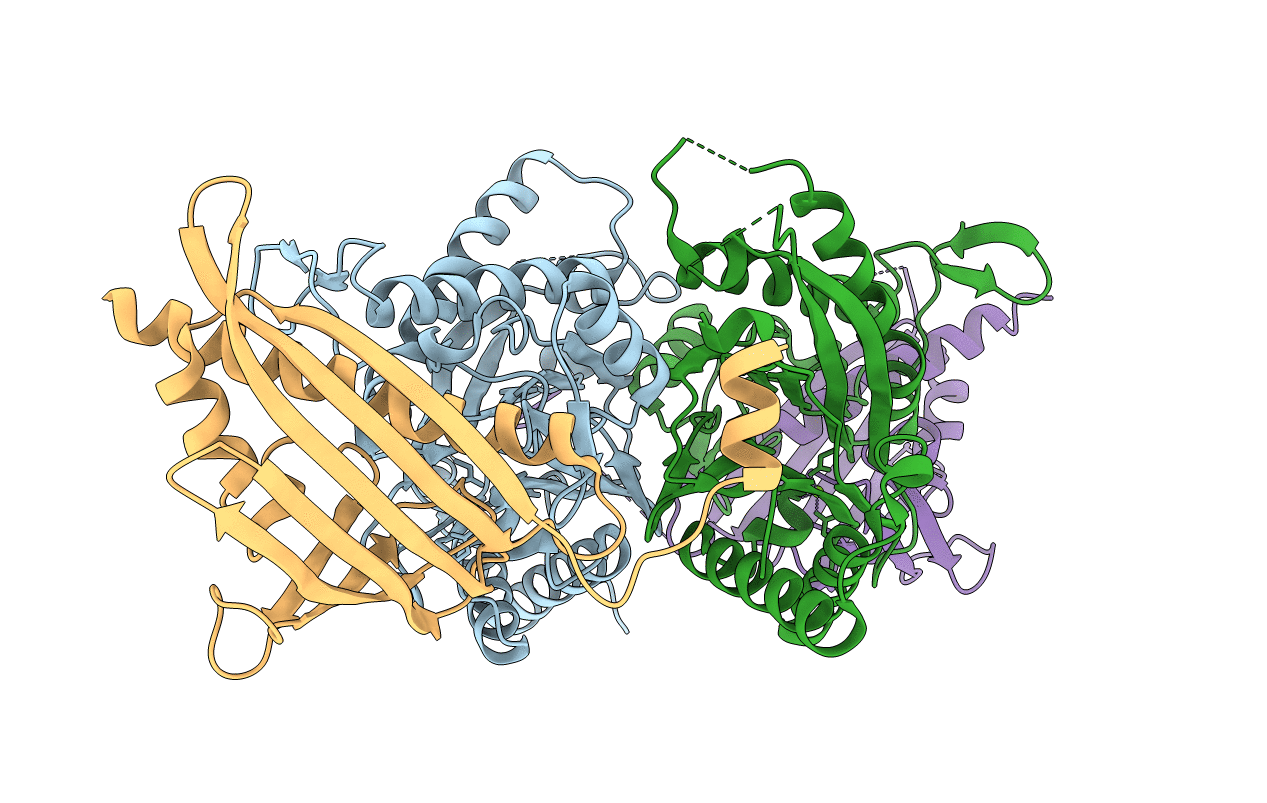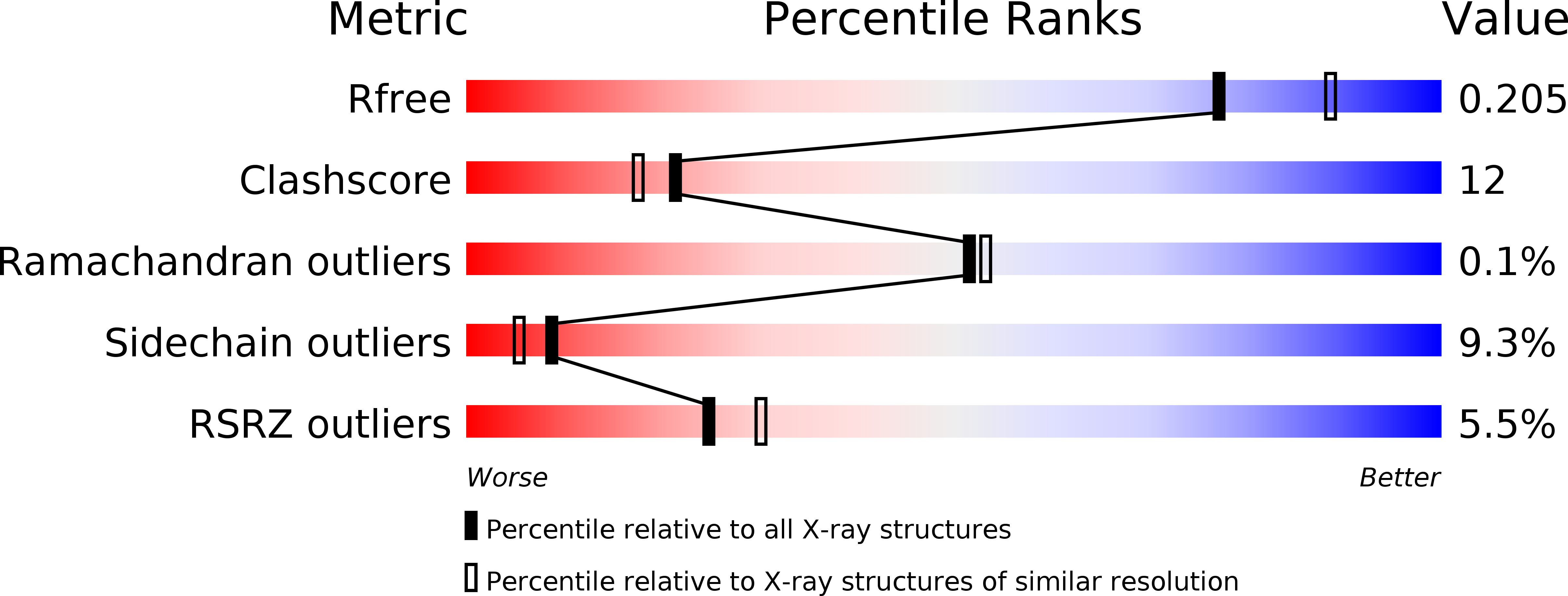
Deposition Date
2011-05-02
Release Date
2011-06-22
Last Version Date
2023-11-01
Entry Detail
PDB ID:
3RT0
Keywords:
Title:
Crystal structure of PYL10-HAB1 complex in the absence of abscisic acid (ABA)
Biological Source:
Source Organism:
Arabidopsis thaliana (Taxon ID: 3702)
Host Organism:
Method Details:
Experimental Method:
Resolution:
2.11 Å
R-Value Free:
0.20
R-Value Work:
0.17
R-Value Observed:
0.17
Space Group:
P 1 21 1


